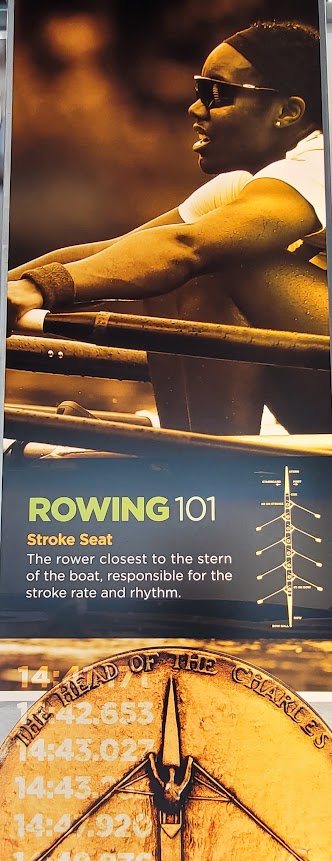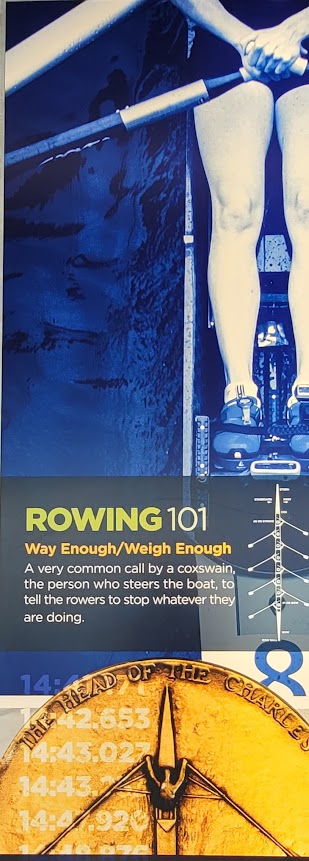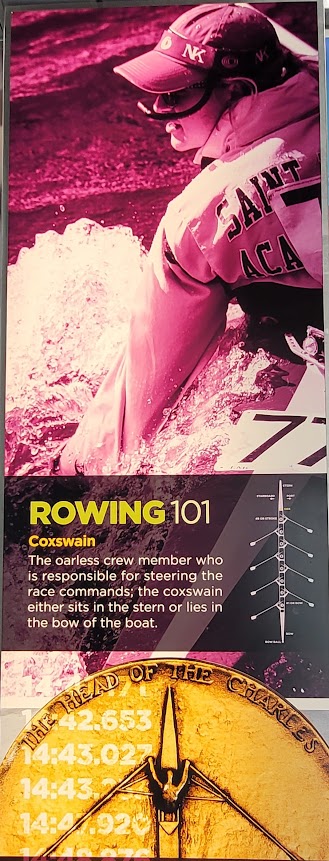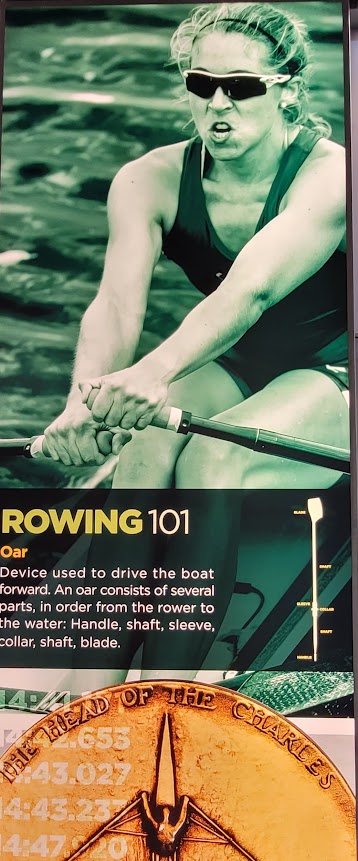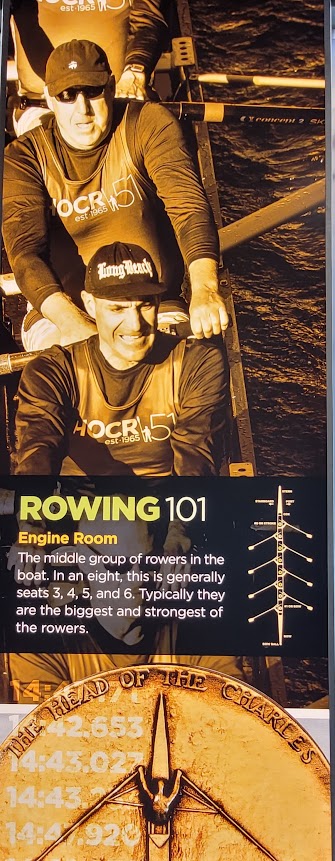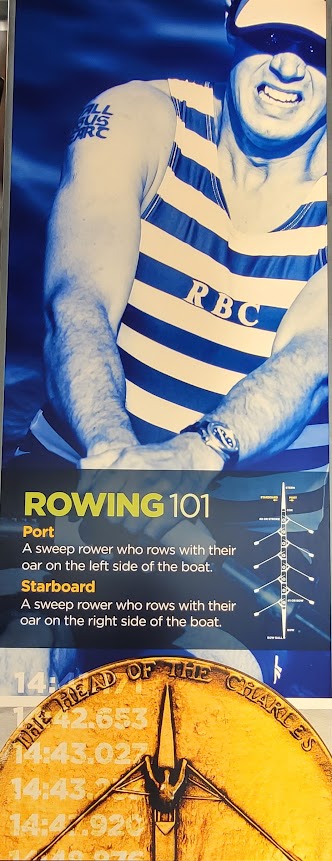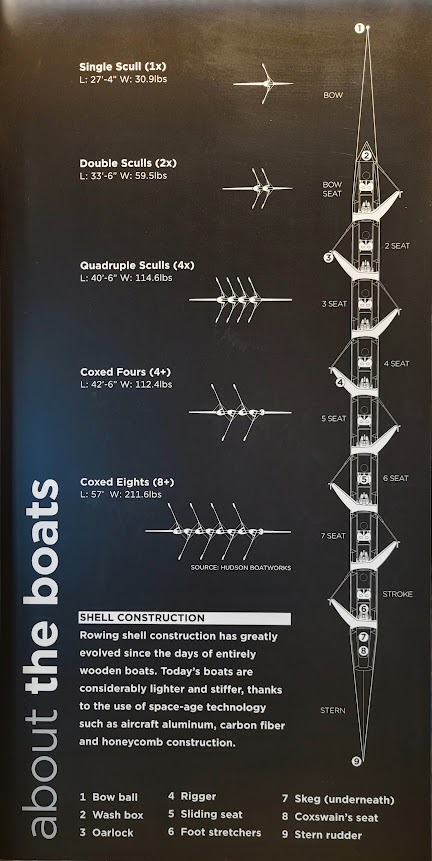The history of rowing in Boston is deeply intertwined with the city’s maritime heritage and the development of its waterfront areas. Rowing, as a sport and means of transportation, has a long and storied history in Boston, dating back to the 19th century. During that time rowing was a popular mode of transportation in Boston due to its extensive network of waterways. Before the advent of bridges and efficient road systems, rowing provided a convenient way for people to travel across the city and navigate its many rivers and harbors. In the mid-19th century, rowing began to gain popularity as a competitive sport in Boston. The first rowing clubs were established, including the Boston Rowing Club in 1854, which was one of the first rowing clubs in the United States. These clubs provided a platform for organized rowing competitions and fostered a sense of camaraderie among rowers.
One of the most significant events in the history of rowing in Boston is the annual Head of the Charles Regatta, which has been held since 1965. This prestigious regatta attracts rowers from around the world and has become one of the largest and most renowned rowing events in the United States. The Head of the Charles Regatta takes place on the Charles River and features races in various categories and distances, attracting both collegiate and elite rowers. The Charles River, which runs through the heart of Boston, has played a central role in the development of rowing in the city. Its calm waters, scenic views, and accessibility have made it an ideal location for rowing activities. Several rowing clubs and boathouses are situated along the Charles River, including the iconic Weld Boathouse. I enjoyed my history lesson. I see them often in the Potomac in the DC metro area. A synchronized team effort. New goal is to be in the engine room on the row team of life.
